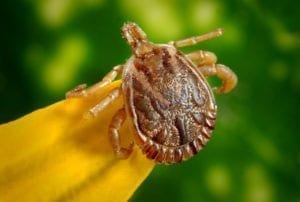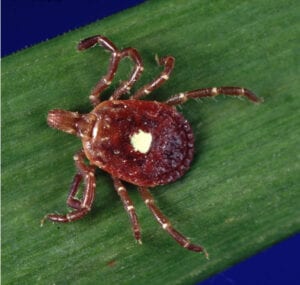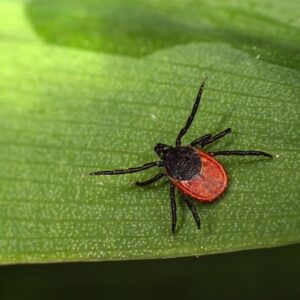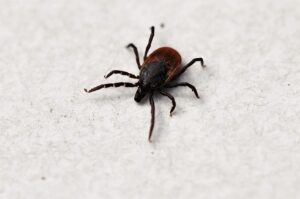Anaplasmosis
What is anaplasmosis?
Anaplasmosis is one of many diseases that is carried and spread by ticks. While the fatality rate of this illness has remained low over the past twenty years (less than 1% of affected individuals pass away), the number of overall cases has been rising at a steady rate. In 2000, under 400 cases were reported, which can be compared to the 5,655 cases recorded in 2019.
What are the symptoms of anaplasmosis?
It can take anywhere from one to two weeks for the symptoms to appear after a tick bite. When they do become apparent, they include fever, severe headache, chills, muscle aches, loss of appetite, vomiting, nausea, and diarrhea.
As time passes, these symptoms can evolve to become more severe – although this is very rare. In these cases, patients experience respiratory failure, organ failure, issues with bleeding, and even death. It is important to note that these cases are extremely rare and occur when one lives with a risk factor (being of older age or having a weakened immune system) or treatment has been delayed.
What causes anaplasmosis?
A bacteria called Anaplasma phagocytophilum is responsible for anaplasmosis, and it is spread by blacklegged and western blacklegged ticks. While these ticks can be found across the country, the disease they spread is most common in the Northeast and upper Midwestern states.
In rare cases, blood transfusions from an infected individual can cause anaplasmosis as well.
How is anaplasmosis diagnosed?
Doctors may suspect anaplasmosis after noticing the symptoms and asking about any possible tick exposure. To confirm a diagnosis, they will perform blood tests. The issue with these tests is the time it takes for results to return; the process can take weeks. In many cases, if one’s doctor does suspect anaplasmosis, they will begin antibiotic treatment before results return.
What are the treatments for anaplasmosis?
Doxycycline, an antibiotic, is the treatment for anaplasmosis. It’s best if it is administered as soon as possible after infection, as early treatment yields the best outcomes.
Where can I find out more about anaplasmosis?
Achalasia Articles






Central New Yorkers Should Watch Out for Ticks and Anaplasmosis








